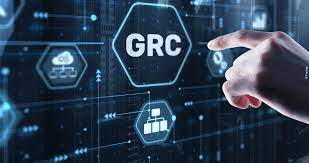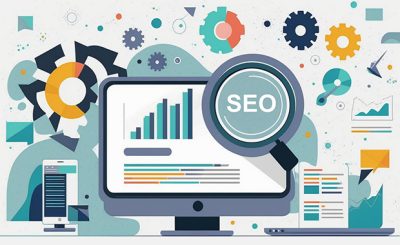The newest agricultural lingo is “smart farming.” It’s transforming how produce is grown through technology and data. IoT solutions in farming will soon be widespread across all aspects of the industry. They are already being used in production. The agriculture business is, as a result, more effective, fruitful, and profitable.
One of the biggest and most significant industries in the world is agriculture. With an annual growth rate of 2-3% over the previous ten years, it is also among the fastest-growing. A 10% growth from 2016 saw the global market for farm technology reach $5.5 billion in 2017. Through 2024, this is anticipated to increase at a compound annual growth rate (CAGR) of 5%, reaching $8 billion. IoT solutions can increase agricultural productivity by giving farmers real-time information about their operations. Data gathered from sensors, and devices can be examined to maximize crop output and make wise judgments about cultivation practices and other aspects of farm management.
IoT’s smart farming subfield focuses on using technology to enhance agricultural methods.
- What Is IoT Solution Agriculture?
IoT solution agriculture describes applying technology, such as sensors, to farming. Farmers now have access to data from their fields, which helps them make wiser choices about developing their crops. As a result, waste has decreased, production has increased, and farmers now live better lives overall. There is much more to it than just placing sensors on the ground and crops. The real strength of IoT is in using all that data to inform better decisions, ultimately increasing your property’s value.
- How can smart farming help farmers?
Smart farming is a means to enhance farming by boosting productivity, cutting waste, and raising quality. Using this technology, farmers can learn important details about their crops, such as how much water they require and how healthy they are, and use that knowledge to make more informed choices about producing them. As a result, people can work their property more efficiently and get more out of it. The answer is a good deal. It can aid farmers in choosing the best methods for growing crops and fertilizers. They can use it to determine when to plant, harvest, and even which seed types are most suited for their particular plot. Simple: It might enable them to increase their food production.
Over the previous 50 years, food production has increased by roughly 70%, but it is predicted that within the next 30 years, the output will need to rise by as much as 70%. Real-time soil and crop monitoring are made possible by IoT in agriculture. Sensors that measure temperature, soil moisture, and fertilizer levels can provide data. This enables them to change as necessary and react rapidly to issues as they materialize, such as a drought or pest infestation.
IoT agriculture lets farmers decide how much fertilizer to use on their crops to ensure their plants receive the proper water. They may evaluate the soil and apply what is necessary rather than estimating how much they will need at each stage of development. The sensors used in IoT agriculture gather information on various variables, including soil temperature and moisture, humidity, light levels, water quality, and air quality. A central computer or server receives this data, where it can be examined and used to inform choices. For instance, if you don’t realize the soil is too dry for your crops to survive until harvest, using an IoT solution will assist in averting those losses by enabling farmers to monitor their fields.
The future of farming is smart farming. Innovative agriculture technology aids farmers in increasing productivity, controlling irrigation, and managing crops more efficiently. These operations become challenging to work on due to the rising demand for food, the limited amount of land available, and the vast range of environmental impacts on crops. IoT solutions that use sensors, data analysis, and automation for better farming techniques can help with this. Agriculture may become a data-driven industry thanks to IoT technology. The technology can gather and keep track of information from weather stations, soil sensors, farm equipment, and other sources. AI tools then examine this data to assist farmers in determining which crops require additional fertilizer or water.
- Advantages of smart farming
Several advantages of smart farming include:
-Better management and monitoring of crops utilizing sensors, data analysis, and automation has improved agricultural output and quality.
-Reduced water consumption due to effective irrigation systems that ensure each plant only uses the necessary amount of water at each stage of its growth cycle. Solutions for the Internet of Things are currently being used in production and will soon be present in every aspect of farming. The future of farming is smart farming. These operations become challenging to manage due to the rising demand for food, the limited amount of land available, and the vast range of environmental impacts on crops.








